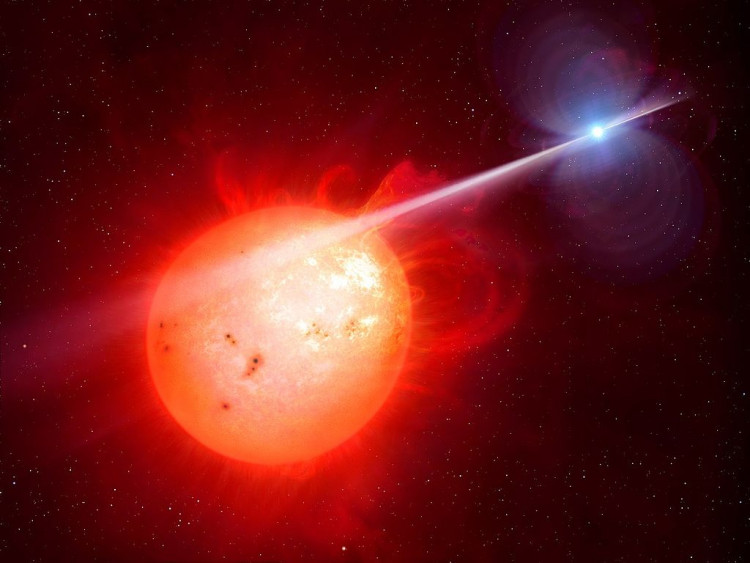While we have yet to find even a speck of hard evidence to support the possibility of life beyond Earth, we are always on the lookout. However, NASA scientists warn that if or when that evidence is discovered - or even if we just begin to piece together the first, incremental traces of it - we must be prepared.
NASA researchers make the case for establishing a framework for reporting evidence of extraterrestrial life in a new scientific commentary led by none other than the space agency's chief scientist, James Green.
However, any announcement could be misinterpreted, and any findings could be misconstrued as implying more than they actually do. Such findings are more likely to be a lengthy process that could develop over time, rather than a clear confirmation of alien life's existence or absence.
In this context, it's critical that scientists establish a method for revealing any new evidence that has been discovered that has been thoroughly thought through and communicated clearly. If the public is made to believe that alien life has been discovered only to be told later that the findings are "ambiguous or inaccurate," the public may lose faith in the scientific process.
"Our generation could realistically be the one to discover evidence of life beyond Earth. With this privileged potential comes responsibility," the authors of a new paper, published in the journal Nature, write.
To avoid this, the world should agree on "objective standards" for what counts as evidence for life elsewhere in the universe, as well as "best practices" for communicating that evidence.
Because this type of multi-tiered, qualitative assessment is so complex, we need a progressive scale to measure and chart new discoveries - something similar to the technology readiness level (TRL) scale that NASA uses to track the progress of spaceflight instruments from concept to implementation in actual missions.
In the case of astrobiological life detection, NASA suggests using an analog: a "confidence of life detection" (CoLD) scale, with lower levels focusing on initial identification of potential biosignatures and higher levels reserving more specific and certain measurements of the subject.
Such a nuanced scale, which compares potential life detections to a series of objective, progressively more demanding benchmarks, would help place all purported biosignatures in a standardized context, making it easier for scientists (and the general public) to interpret whatever new findings they report.
That way, any possible evidence could be clearly communicated without the need for an overly simplistic "yes" or "no" answer to the question of whether life had been discovered.






